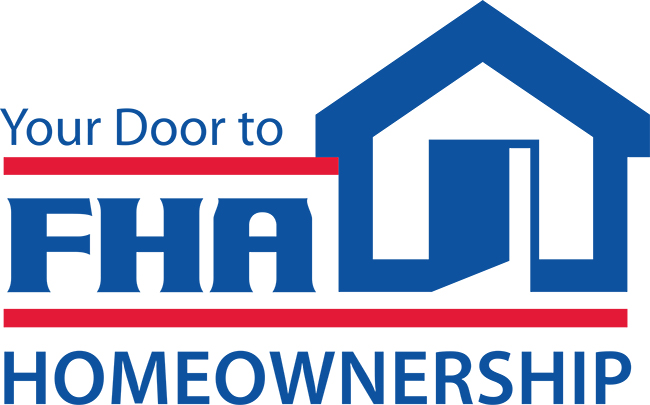FHA Report Finds Mortgage Insurance Fund Improved Substantially; Concerns Remain about DPA

The economic value of the Federal Housing Administration’s Mutual Mortgage Insurance Fund (MMIF) showed strong growth in FY 2019, according to FHA’s 2019 Report to Congress.
MMIF’s economic value rose to nearly $62.38 billion in FY 2019, up more than $27 billion from the previous fiscal year. Its capital ratio for FY 2019 was 4.84 percent, an increase of more than two percent from FY 2018 and the highest it’s been since FY 2007. This is the fifth consecutive year the MMIF’s capital ratio exceeded the two percent minimum.
Similar to recent years, the report suggests the biggest threat to MMIF’s economic health is potential losses realized through its Home Equity Conversion Mortgage Loan (HECM) program, which insures reverse mortgages. In FY 2019, FHA’s HECM portfolio had a capital ratio of negative 9.22 percent and a negative economic net worth of $5.92 billion, both significant improvements over FY 2018. In contrast, FHA’s single-family purchase mortgage portfolio has a capital ratio of 5.44 percent and a positive economic value of $66.6 billion (a 42 percent increase over FY 2018).
FHA endorsed just over 990,000 loans in FY 2019, 743,820 of which financed home purchases (the rest were refinancings). Three-quarters of FHA’s home purchase loans went to first-time home buyers. Around a third went to minority borrowers. FY 2019 also saw a continuation of the recent trend in declining credit scores for FHA borrowers. The average FHA borrower’s credit score in FY 2019 dropped from 670 to 666.
According to data from NCSHA’s Factbook, around half of HFA single-family program loans are insured by FHA each year.
DPA and Other Risk Factors
Despite the MMIF’s substantial improvement, FHA reports several emerging trends with its portfolio that could pose threats to the fund’s health moving forward. The rate of early payment defaults (where the borrower becomes 90 days or more delinquent on their mortgage within the first six payments) has more then doubled in the last three fiscal years. Further, the projected lifetime claims rate, which measures the percentage of the unpaid principal balance FHA expects to pay insurance claims on for a loan originated in a given year, increased for the sixth consecutive fiscal year and is at the highest level since FY 2009.
One of the risk factors cited in the report is the increasing share of FHA home purchase loans in which the borrower receives some form of down payment assistance. Such loans accounted for almost 40 percent of all home purchase loans insured by FHA in FY 2019, up from 29 percent in FY 2011. This includes 12.91 percent of borrowers who received down payment assistance through government entities, such as HFAs.
As it did last year, the report includes data showing that loans for borrowers who receive down payment assistance generally have higher default rates and that borrowers who receive down payment assistance through a government program have an even higher rate of default than borrowers who receive down payment assistance from other sources. Unlike last year’s report, FHA does not mention any potential policy changes pertaining to down payment assistance.
Other risk factors highlighted in the report include an increasing share of loans with high debt-to-income ratios, loans to borrowers with lower credit scores, loans to borrowers without adequate reserves, and loans originated by non-depository lenders. FHA stresses in the report that none of these factors are, on their own, good predictors a loan will not perform. However, the agency has observed an increase in the number of loans with multiple of these risk attributes.

